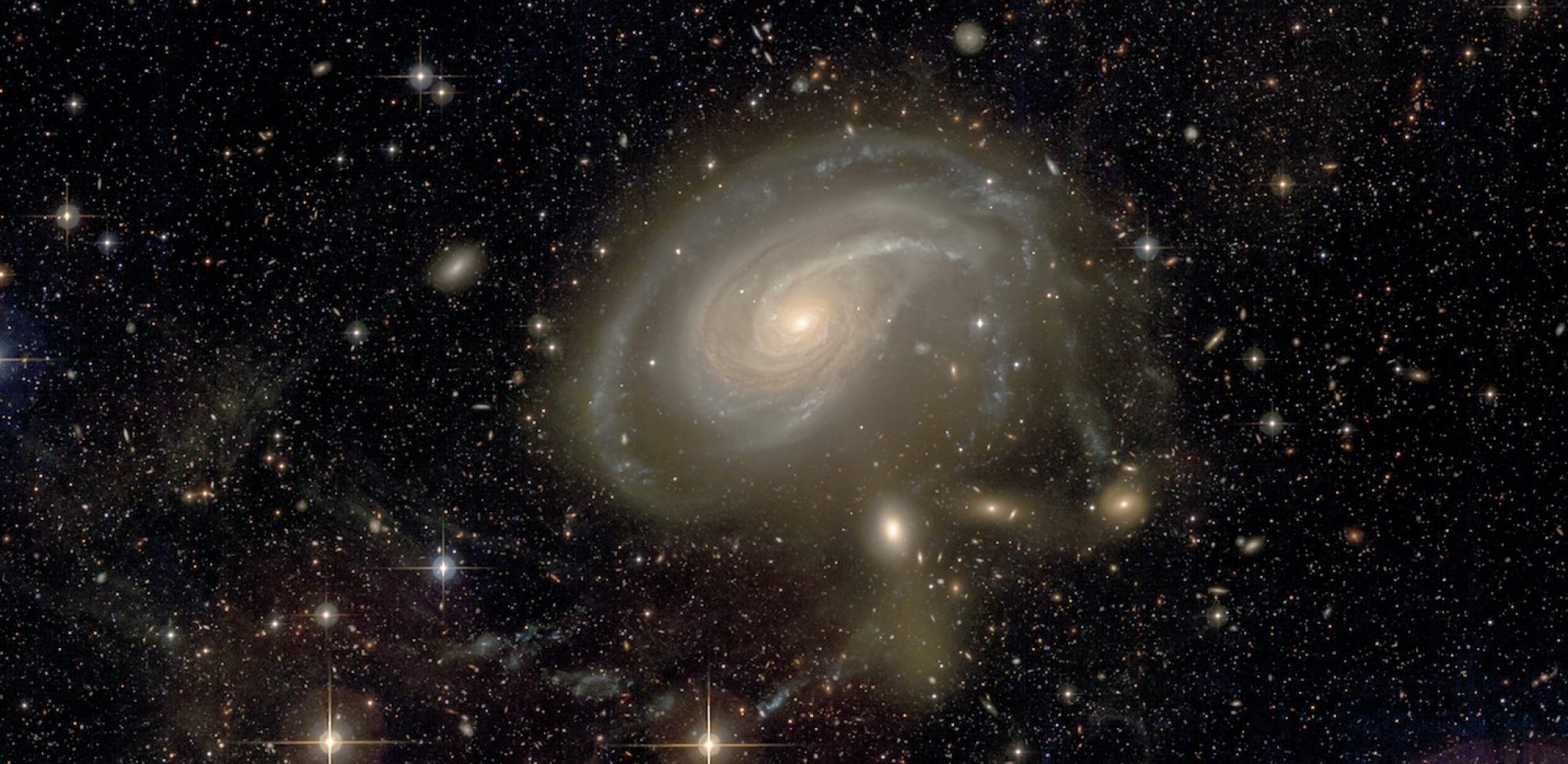
NGC 4203 is a nearby early-type galaxy surrounded by a very large, low-column-density H I disc. In this paper, we study the star formation efficiency in the gas disc of NGC 4203 by using the UV, deep optical imaging and infrared data.
We confirm that the H I disc consists of two distinct components: an inner star-forming ring with radius from ˜1 to ˜3 Reff and an outer disc. The outer H I disc is nine times more massive than the inner H I ring. At the location of the inner H I ring, we detect spiral-like structure both in the deep g’ – r’ image and in the 8 μm Spitzer-Infrared Array Camera image, extending in radius up to ˜ 3 Reff. These two gas components have a different star formation efficiency likely due to the different metallicity and dust content. The inner component has a star formation efficiency very similar to the inner regions of late-type galaxies. Although the outer component has a very low star formation efficiency, it is similar to that of the outer regions of spiral galaxies and dwarfs. We suggest that these differences can be explained with different gas origins for the two components such as stellar mass loss for the inner H I ring and accretion from the inter galactic medium for the outer H I disc. The low-level star formation efficiency in the outer H I disc is not enough to change the morphology of NGC 4203, making the depletion time of the H I gas much too long.
Yildiz et al., 2015, MNRAS 451, 103

